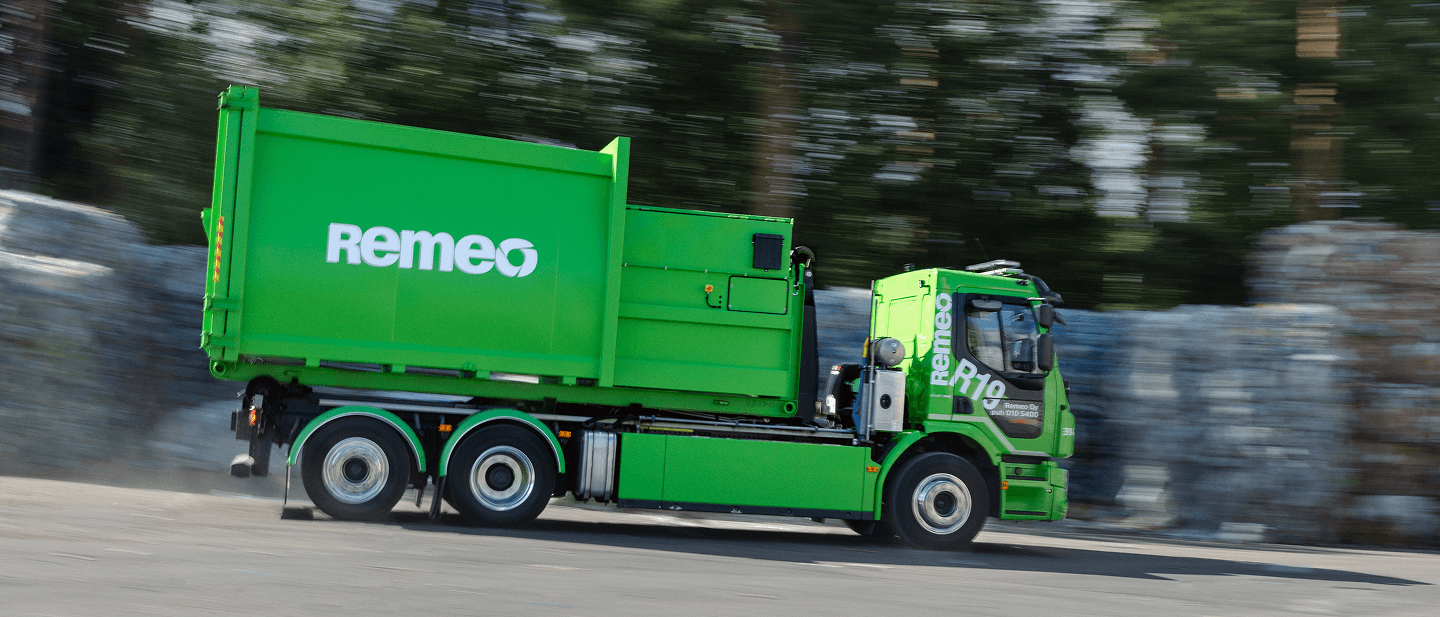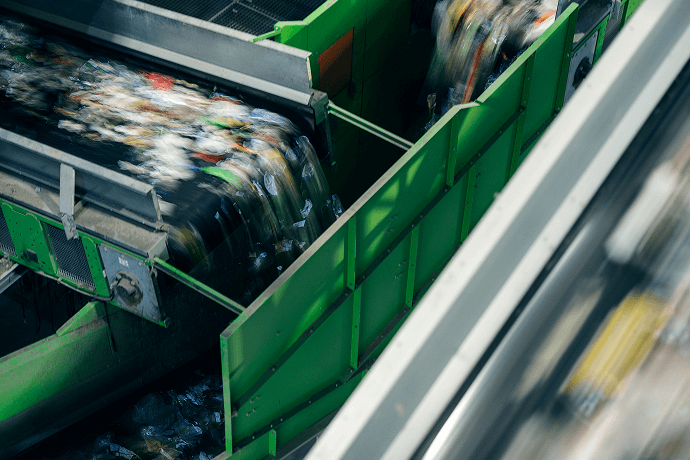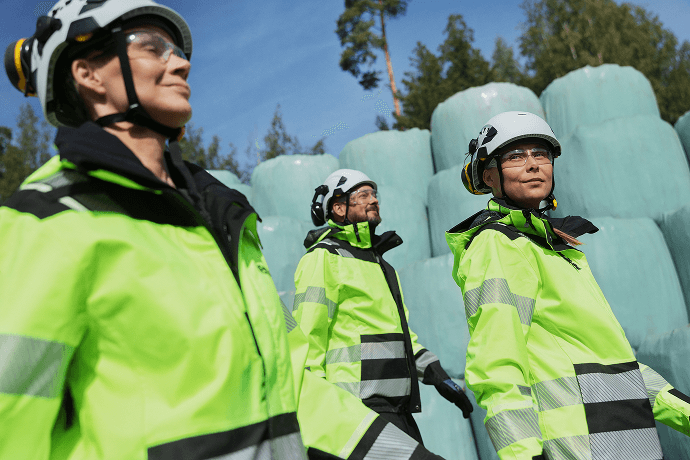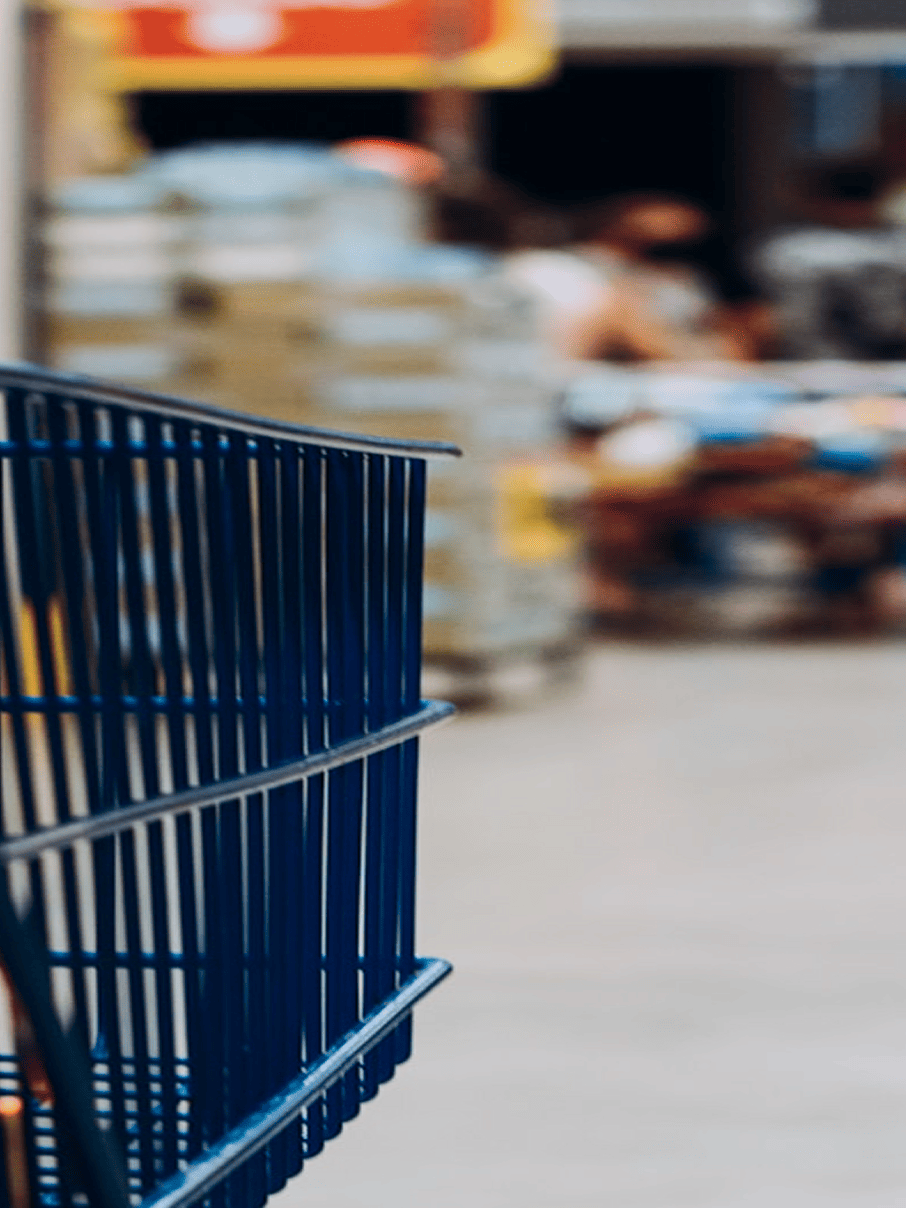Waste management for companies

High recycling rate and responsible waste management
We help our customers achieve a high recycling rate by focusing on efficient collection and sorting solutions. We improve source separation, meaning that different materials can be sorted as effectively as possible right from the point they become waste. Our own on-site sorting further enhances this separation. When waste collection containers are properly selected and personnel know how to sort waste appropriately, both waste management costs and carbon dioxide emissions decrease.

Why choose us to manage your company’s waste management




Local service combined with nationwide waste management expertise
We offer waste management services nationwide, but always deliver them locally. Our experts design solutions tailored to your company’s operations and goals, while our local teams serve you flexibly and efficiently. Our extensive network of locations and in-house recycling facilities ensure high-quality waste management services throughout Finland — providing our customers with everything they need through a single partner. Our national clients benefit from centralized waste management and streamlined reporting.
How we manage your waste services
1
We assess your needs and design a tailored waste management plan
2
We deliver suitable collection containers and provide instructions on their use
3
We ensure smooth and efficient container emptying services
4
We prepare the necessary reports
Our waste management solutions for various industries
Frequently asked questions
Waste management costs consist of the container emptying service (typically €/unit or €/visit), the waste processing fee (typically €/unit or €/ton), and any potential container rental fees (typically €/month or €/day). Additional costs may arise from services such as destruction certificates or the mandatory waste transfer document. A transfer document must always be prepared when handling hazardous waste or construction waste.
The recycling rate indicates how large a share of generated waste can be reused as recycled materials instead of being sent to incineration or landfill. The more waste is directed for reuse, for example as recycled materials in production, the higher the recycling rate. A company or household can influence its recycling rate by sorting waste carefully. Sorting can take place either at the source or at a facility, and the quality of sorting significantly affects the recyclability of the waste.
At the source, different types of waste should be placed in the designated collection containers. At the facility, additional materials can be separated from energy waste, plastic packaging, and mixed construction waste. Combining different sorting methods often leads to the best outcome. After sorting, high-quality waste materials can continue their journey in the material cycle: they are refined into recycled raw materials for industry or used to replace virgin raw materials, for example in infrastructure construction. In the case of construction and demolition waste, the term 'material recovery rate' is often used instead of recycling rate.
A waste transfer document is a legally required record needed when transporting certain types of waste from one location to another — typically, for example, from the site of waste generation to a treatment facility. A transfer document is required for the transportation of, among others, construction and demolition waste, hazardous waste, and various types of sludge.
The document includes details about the type, quantity, and origin of the waste, the date and locations of the transfer, as well as the producer, transporter, and recipient of the waste, and the method of treatment. It must be confirmed at different stages of the transfer process. Preparing the transfer document is the responsibility of the waste holder before the transport begins.
At Remeo, the transfer document is included as part of our waste management service. You can access it through Remeo’s customer reporting, and we also submit the information to the national SIIRTO register.
Continuously developing waste management
Developing waste management and monitoring its goals requires information. These goals typically relate to the recycling rate, total waste volume, or the amount of a specific type of waste, as well as the associated costs. By reviewing and analyzing this data, we can identify areas in waste management that need improvement and determine the actions necessary to achieve the objectives.



